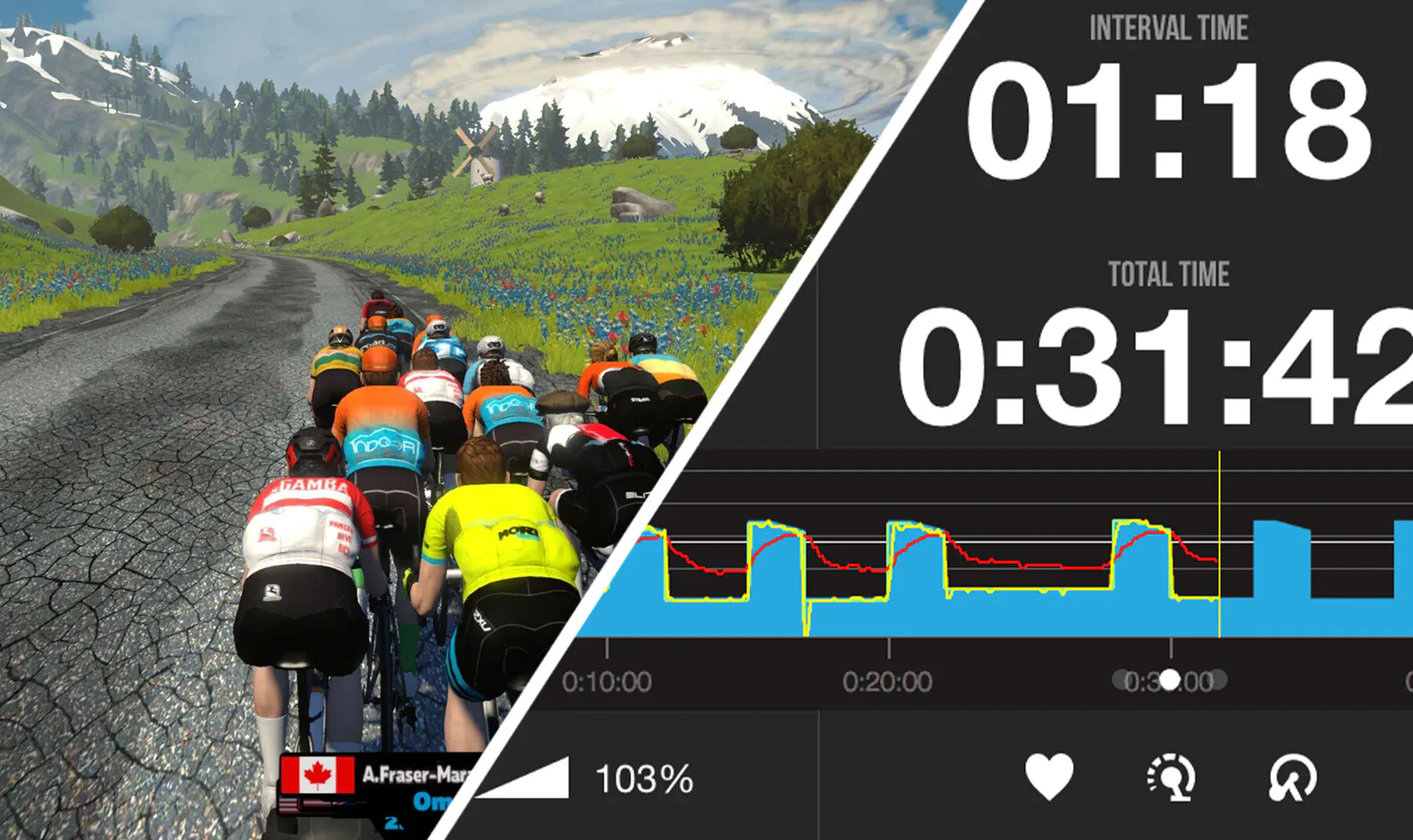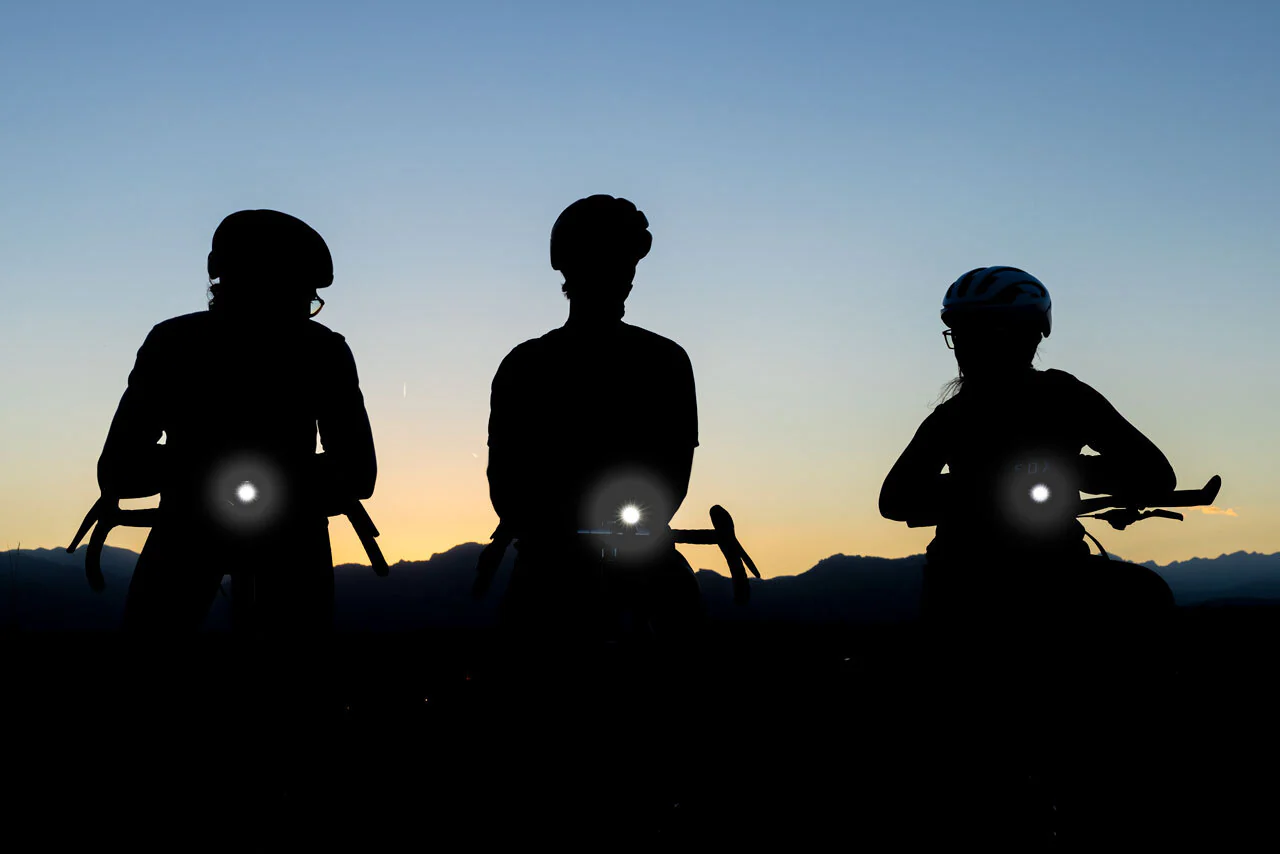If you are looking at a newer Specialized mountain bike, you'll notice that some models like the Stumpjumper and Enduro don’t use the conventional small, medium, and large sizes that we’re used to seeing. Instead, these bikes use Specialized’s new S-Sizing system: S1, S2, S3, S4, S5, and S6.
So how does S-Sizing work? It might seem confusing at first, but it’s actually quite clever.
[button]Shop Specialized MTBs[/button]
What is Specialized S-Sizing?
 This Specialized Stumpjumper Comp uses S-Sizing.
This Specialized Stumpjumper Comp uses S-Sizing.
Specialized introduced S-Sizing on the 2018 Stumpjumper EVO. Since then, S-Sizing has become the standard for the latest generation of Specialized trail, enduro, and downhill bikes — the Stumpjumper, Stumpjumper EVO, Enduro, Demo, Turbo Levo, and Turbo Kenevo.
S-Sizing is meant to free mountain bike sizing from the constraints of rider height and inseam measurements. I’m 5’8 with a 30” inseam. Based on my height, most manufacturers would recommend that I ride a medium. The problem is, I don’t want to ride a medium bike.

Photos courtesy of Specialized Bicycles.
As my riding preferences have shifted toward enduro and downhill, I’ve wanted longer reach (the horizontal distance from the bottom bracket to the head tube) and wheelbase. Longer bikes increase stability and confidence, which is a good thing when you’re going fast on steep and gnarly descents.
Unfortunately, most medium mountain bikes just aren’t long enough for my tastes. For example, the medium Santa Cruz Hightower has a 453mm reach, and the medium Yeti SB130 a 460mm reach. These trail bikes are relatively long, but still not as long as my preferred 470mm reach.
[button]How Bike Geometry Works[/button]
Gravity riders have been sizing up their frames for years to get longer reach. Several of my friends who are my height ride large frames instead of mediums. I could do the same, but most large mountain bikes (and even some mediums) don’t fit me perfectly. The seat tubes are usually too long for the extra-long dropper posts I want to run, the head tubes too tall for my preferred handlebar position, and sometimes there isn’t enough standover height to ride them comfortably. What’s a rider like me supposed to do?
The Advantage of Specialized S-Sizing
 S-Sizing vs. conventional sizing.
S-Sizing vs. conventional sizing.
Specialized’s S-Sizing solves these problems. S-Sizing keeps seat tube lengths, head tube lengths, and standover heights more consistent across the entire size range. The main element that changes between different S-Sizes is length, i.e., the reach and wheelbase. This allows riders to choose their bike size based solely on length. You don’t have to worry about the rest.
[button]Shop Specialized Mountain Bikes[/button]
How to choose the right S-Size Specialized bike
In terms of reach, S-Size bikes line up with conventional XS-XXL sizes:
 If you don’t have the experience to know what reach you prefer, the safest bet is to simply choose the S-Size that corresponds to the conventional size you normally ride. For the majority of riders, this provides the best balance between maneuverability and stability.
If you don’t have the experience to know what reach you prefer, the safest bet is to simply choose the S-Size that corresponds to the conventional size you normally ride. For the majority of riders, this provides the best balance between maneuverability and stability.
[button]What Size Bike Do I Need?[/button]
S-Sizing appeals to those who want to fine-tune their reach to suit their specific terrain or riding style. Riders like me.
[button]Specialized MTB Buyer's Guide[/button]
When to size up your MTB
As previously mentioned, choosing a longer S-Size increases stability at high speeds. This is great for riders frequenting steep, fast, and gnarly downhill trails. It’s also good for riders who simply want a roomier cockpit or those with longer arms and torsos.
If we look at the world of professional racing, there are plenty of examples of riders sizing up to maximize their stability at speed. Multi-time Downhill World Cup overall champions Aaron Gwin (5’10, Large/XL) and Rachel Atherton (5’8, Large) are two of the most successful downhill racers riding mountain bikes larger than what manufacturers recommend for their height. At 5’8, I could comfortably ride an S2, S3, or S4. But since I want to go as fast as possible on chunky, high-speed local trails, I would ride an S4.
When to size down your MTB
Choosing a shorter S-Size makes your bike feel more nimble. This is great for trails that have slow, technical features or tight hairpin corners. It’s also good for riders with playful riding styles who want a bike that is easier to jib, jump, and whip around. Or, if you know you have short arms, this could be a more comfortable fit.
Again, if we look at professional racing, there are examples of riders who size down their bikes to suit their riding style and terrain. The current and former Enduro World Series champions Jack Moir (6’3, Large) and Richie Rude (5’11, Medium) are prime examples of riders who buck the trend of going long. They prefer shorter bikes that are easier to maneuver around the slow, tight, and awkward corners found on European enduro courses.
What about XC bike sizing?
Unlike Specialized’s trail, enduro, and downhill bikes, its XC bikes, like the Epic, Epic Hardtail, Epic EVO, and Chisel, use conventional small, medium, large sizing. Similar to road bikes, XC bikes prioritize an efficient seated pedaling position, which could be at odds with abnormally long frame reach. Also, XC bikes don’t have short seat tubes or extra-low stand-over because they typically offer multiple water bottle mounts inside the frame. This might change in the future, but for now, S-Sizing only applies to bikes with more gravity-oriented intentions.
[button]Specialized Mountain Bikes[/button]

























